

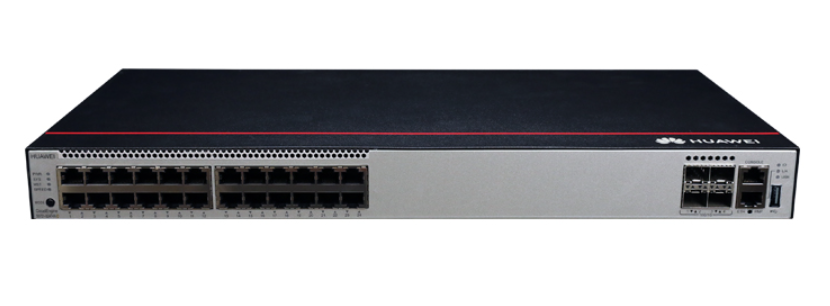





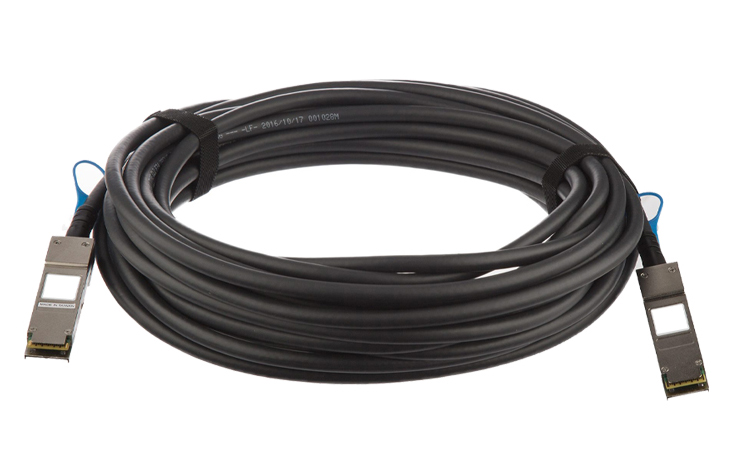





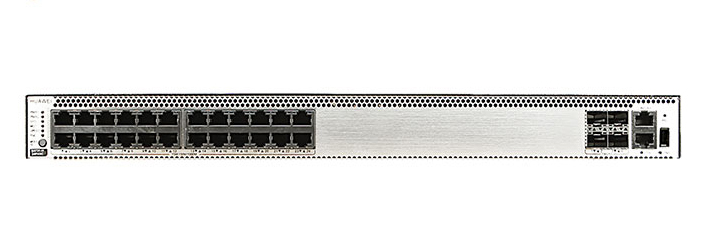






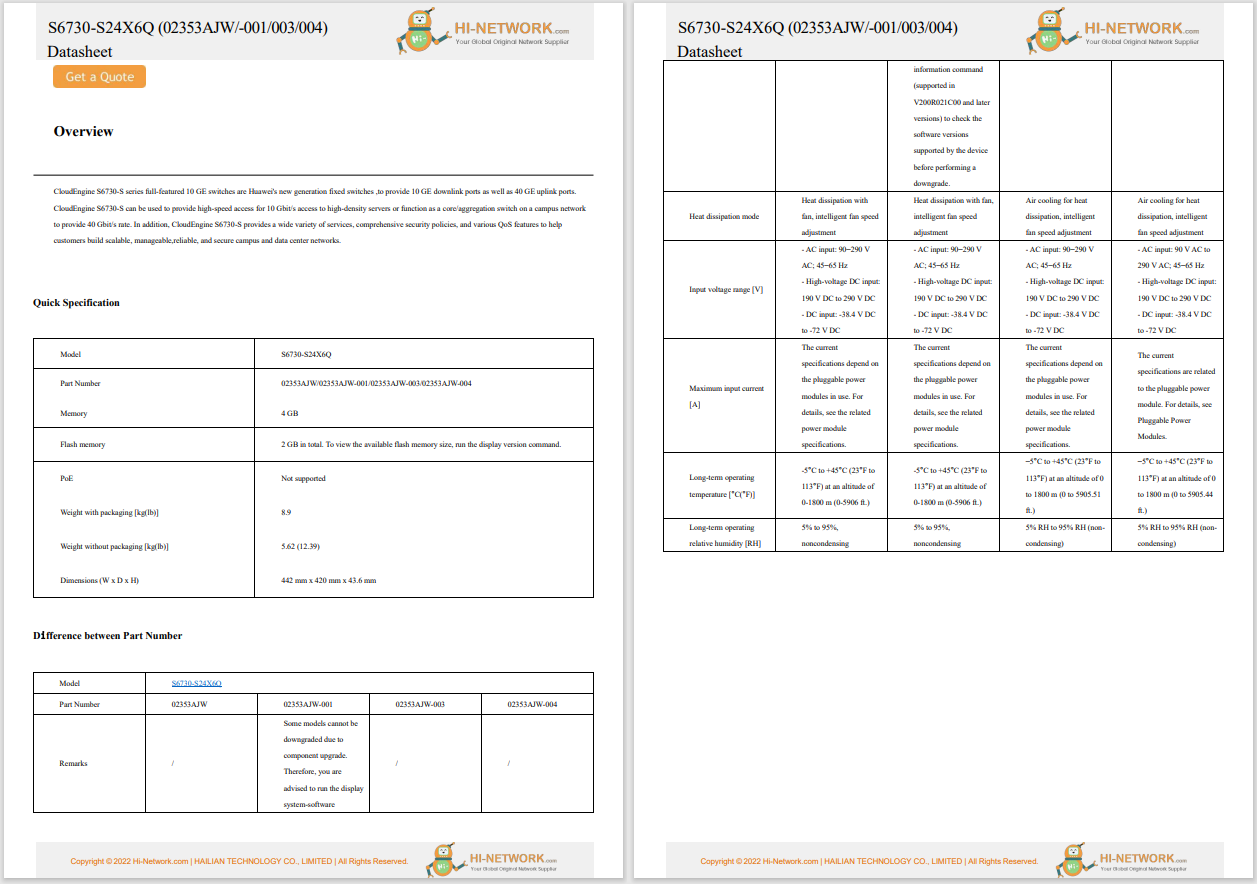



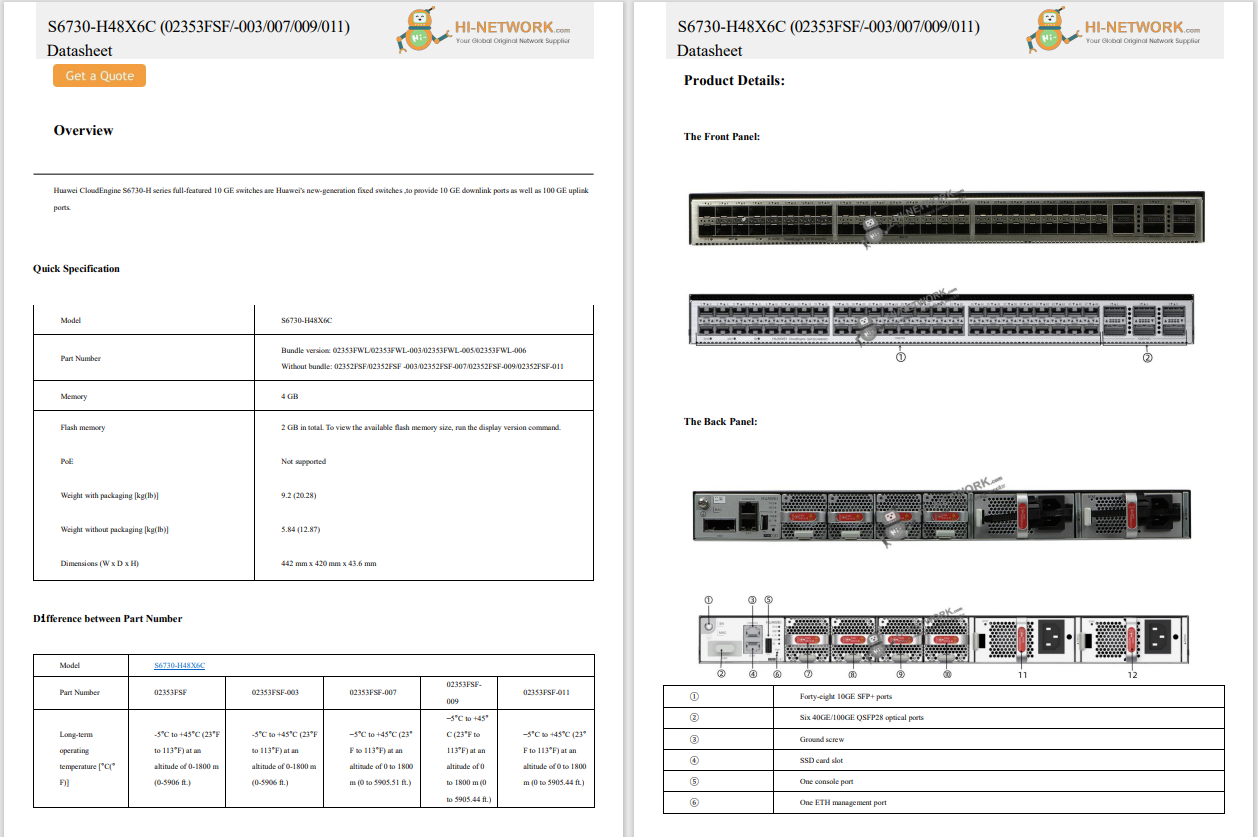






With all the artificial intelligence out there, the term virtual assistant might feel ... robotic. And it is, to a degree. But moreandmore, people are treating these assistants as quirky friends who seem to know everything and can assist us with a wide range of needs.
Here's our quick primer on what these assistants technically are and how they work.
At it's most basic, a virtual assistant is just a software program that helps perform tasks or manage information typically handled by a human.
Also calleddigitalassistants, these smart tools can be voice-activated. Examples include Siri, Google Assistant, andAlexabut many companies are coming up with their own versions. Your car, for instance, might have a voice-activated assistant that helps with navigation or other vehicle issues.
Through the combination of specialized computer chips, microphones, and software, virtual assistants can perform a wide range of functions, including answering questions, scheduling appointments, sending reminders, making recommendations, or controlling smart devices.
As artificial intelligence improves, their use and functions will continue to evolve.
Virtual Assistants Showdown: How Alexa andGoogle AssistantStack UpThere are four primary virtual assistants on the market (others exist but aren't as popular):
Virtual assistants can handle a wide range of tasks, from answering questions and telling jokes to playing music and controlling smart devices like smart light bulbs, thermostats, and door locks. They respond to voice commands, send text messages, make phone calls, and set up reminders, making it easy to offload many tasks from your phone to your assistant.
Over time, virtual assistants learn your habits and preferences, continually becoming more intuitive. With the power of artificial intelligence (AI), they can understand natural language, recognize faces, identify objects, and seamlessly communicate with other smart devices and software.
As digital assistants become more advanced, their role in everyday life will only grow. If you haven't already, it's likely you'll be using one soon. Amazon Echo and Google Nest/Home are currently the leading options for smart speakers, but we expect to see more models from other brands in the future.
The Best Smart SpeakersVirtual assistants are passive listening devices that respond once they recognize a command or greeting (such as "Hey Google").
The assistant must be connected to the internet so it can conduct web searches and find answers or communicate with other smart devices. However, since they're passive listening devices, they usually need a wake word or command to activate.
It's not unheard of that the device could start recording without a wake word.
When you communicate with a virtual assistant by voice, you trigger the assistant and ask your question without pausing.
For example, "Hey Siri, what was the score of the Eagle's game?" If the digital assistant doesn't understand your command or can't find an answer, it lets you know.
You can try again by rephrasing your question or speaking louder or slower. In some cases, there may be some back and forth, like if you ask for an Uber. You might have to provide additional information about your location or destination.
Different devices might require you to press and hold a button but, more often than not, voice commands are the standard. Alexa devices like the Echo Show, which provides a video screen, can be accessed by both voice and touch.
In most cases, you need to "wake up" your virtual assistant by saying, "Hey Siri," "OK Google," or "Alexa" depending on the device's name.
Most virtual assistants are smart enough to understand natural language, but you have to be specific. For instance, if you connect Amazon Echo with the Uber app, Alexa can request a ride, but you have to phrase the command correctly. You have to say, "Alexa, ask Uber to request a ride."
Typically, you need to speak to your virtual assistant because it's listening for voice commands. Some can reply to typed commands from a smartphone or computer app associated with the assistant.
From an iPhone, for example, you can type questions or commands toSirirather than speaking them. Also, Siri can respond by text rather than speech if you prefer.
:max_bytes(150000):strip_icc()/Sirionaiphone_FajrulIslam_Getty-2e41b1272baa4679a917e74cdb33c2b1.jpg)
Fajrul Islam/Getty
Likewise,Google Assistantcan respond to typed commands by voice or by text when a user is working with an Android device.
On smartphones, you can use a virtual assistant to adjust settings or complete tasks like sending a text, making a phone call, or playing a song.
When using a smart speaker, you can often control other smart devices in your home via your voice, such as setting the thermostat, adjusting lights, or accessing a security system.
ChatGPT, although extremely popular, smart, and similar to virtual assistants, is a bit different than these other options. It's more accurately considered a chatbot since it's not yet integrated into any phones or devices. Learn how to use ChatGPT to see how it works.
Here's a rundown of some of the more popular digital assistants.
:max_bytes(150000):strip_icc()/AmazonEchoShow_Bloomberg_GettyImages-1678215490-2e5fe2cfda2a4d979e93333f9b4e85ea.jpg)
Bloomberg/Getty
Alexa, Amazon's virtual assistant, is built into the Amazon Echo line of smart speakers. You can also find it on some third-party speakers from brands like Sonos. You can ask the Echo questions like, "Alexa, who is hosting SNL this week?"
You can also ask it to play a song, make a phone call, or control your smart home devices. Its multi-room music feature lets you play the same tunes from each of your Echo speakers simultaneously.
Alexa recognizes a handful of wake words, including "Alexa," "Amazon," "Computer," and "Echo."
You can also configure the Amazon Echo with third-party apps, so you can use it to call an Uber, pull up a recipe, or lead you through a workout.
12 Alexa Hacks to Know in 2025Samsung's take on virtual assistants is Bixby. Compatible with Samsung smartphones and TVs, this digital assistant is a suite of several tools like Bixby Voice and Bixby Vision.
Like Alexa, Bixby responds to voice commands to remind you about events or tasks, report on the weather, and control most of your device settings.
You can use Bixby along with your camera to shop, get translations, read QR codes, and identify a location. For example, take a picture of a building to have Bixby tell you more about it.
:max_bytes(150000):strip_icc()/GoogleHome-484f323460fc45ef85620a3b72e78208.png)
Google Assistant is available on Android phones, like the Pixel line of smartphones, as well as Google Nest smart speakers and some third-party speakers from brands including JBL. You can even set it up on an iPhone.
You can interact with Google Assistant on your smartwatch, laptop, and TV. While you can use specific voice commands, it also responds to a conversational tone and follow-up questions. Google Assistant interacts with a multitude of apps and smart home devices.
What Is Google Gemini?Siri, perhaps the most well-known virtual assistant, is Apple's brainchild. This digital personal assistant works on iPhone, iPad, Mac, Apple Watch, Apple TV, and HomePod, the company's smart speaker. Siri can do lots of things, including serve as your personal translator, take notes, start calls, and answer questions.
The default voice is female, but you can change it to male, and change the language to Spanish, Chinese, French, and many others. You can also teach it how to pronounce names correctly. When dictating, you can speak out the punctuation and tap to edit if Siri gets the message wrong. For commands, you can use natural language.
The 8 Best Free AI ToolsFor Siri, go toSettings>Siri & Searchand turn off the toggles forListen for and Press Side Button for Siri. On Android, tap theGnext to the search bar and then tap yourprofile icon in the corner followed bySettings> Google Assistant >General, and then toggle off Google Assistant.
When Google Assistant first launched, it used the voice of a Google employee named Kiki Baessell. Since then, Google has added male and female voices, British and Australian voices, and even cameo voices from celebrities like Issa Rae.
Open the Google app and tapprofile icon>Settings>Google Assistant>Assistant voice & sounds. Scroll through the options and choose the one you like best.
 Tags quentes :
Tags quentes :